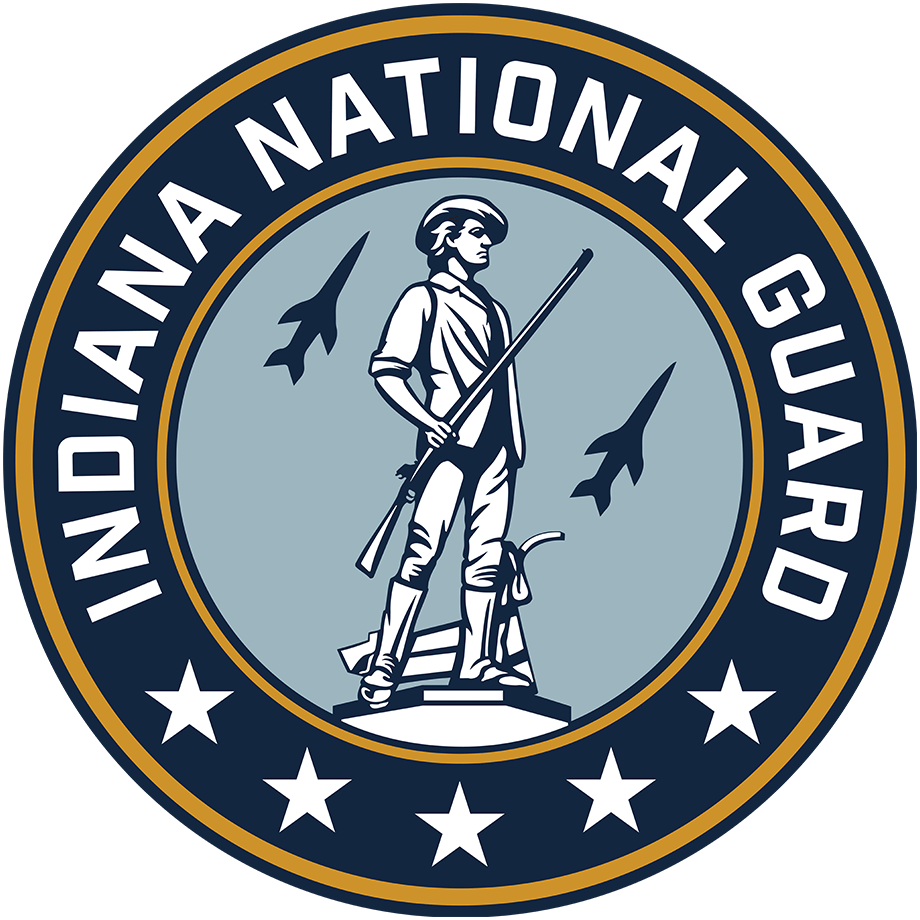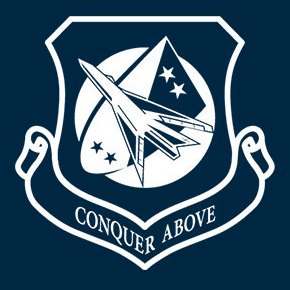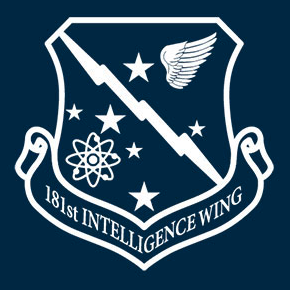Integrated Training Area Management (ITAM)
Integrated Training Area Management Program (ITAM) is part of the U.S. Army's Sustainable Range Program (SRP). ITAM provides Army range officers with the capabilities to manage and maintain training lands and support mission readiness. ITAM integrates the mission requirements derived from the Range and Training Land Program (RTLP) with environmental requirements and sound land management practices.
ITAM Goals
Provide maneuver land capability to support the installation’s training mission requirements.
Provide a decision support capability based on the integration of training requirements, land conditions, maneuver ranges and land management requirements.
Camp Atterbury ITAM consists of five components:
- Training Requirement Integration (TRI)
- Sustainable Range Awareness (SRA)
- SRP Geographic Information System (SRP GIS)
- Land Rehabilitation and Maintenance (LRAM)
- Range and Training Land Assessment (RTLA)
Training Requirement Integration (TRI) facilitates installation training mission goals through decision support and coordination of training mission needs with other installation plans and work plans. This activity is led by the ITAM Coordinator.
Sustainable Range Awareness (SRA) provides a proactive means to develop and distribute educational materials to users of range and training lands, and to integrate ITAM/SRA products into existing command or installation awareness activities and events. This activity is led by the ITAM Coordinator.
SRP Geographic Information System (SRP GIS) provides the capability to create, analyze, manage and distribute authoritative standardized spatial information, products and services for the execution of training strategies and missions on U.S. Army ranges and training lands.
Land Rehabilitation and Maintenance (LRAM) provides for the sustainment of realistic training land conditions and the support of personnel, weapons, vehicles and mission requirements for the units using the installation.
Range and Training Land Assessment (RTLA) provides analytical assessment of natural resource data in order to maximize the capability and sustainability of training lands to support live training and testing activities.





